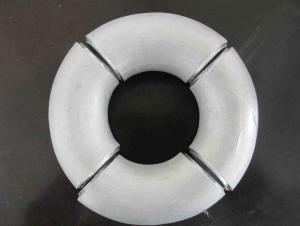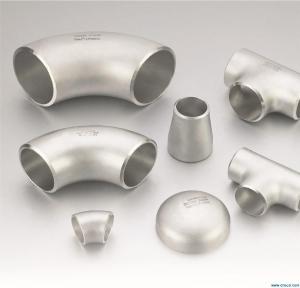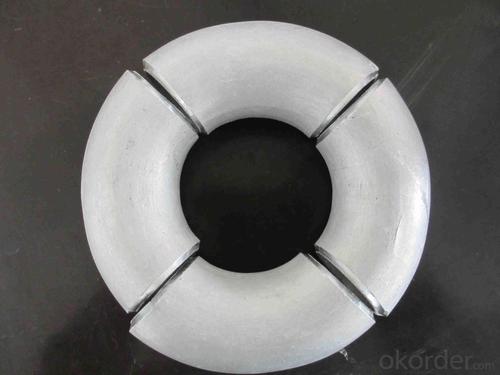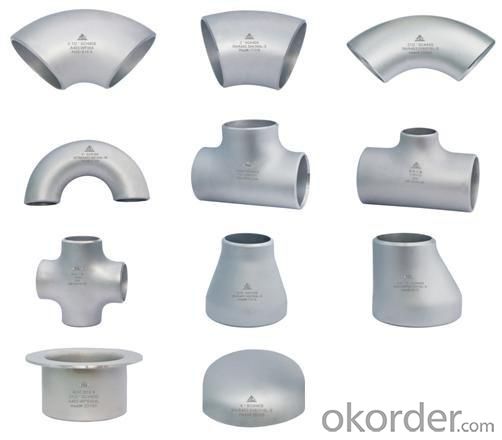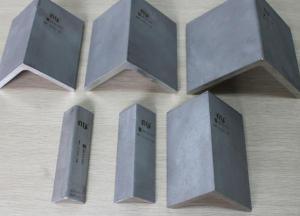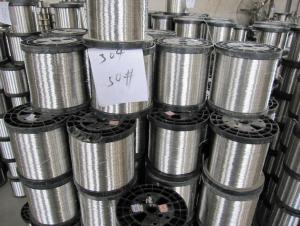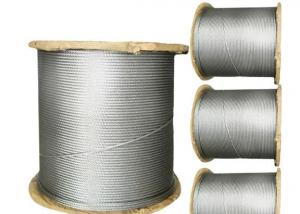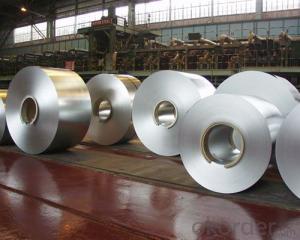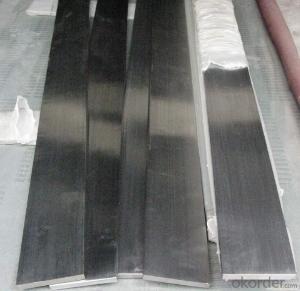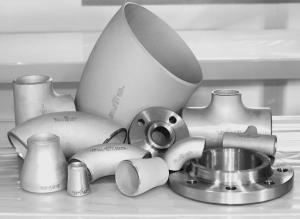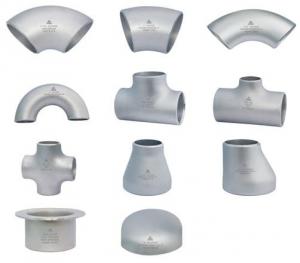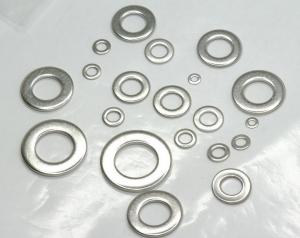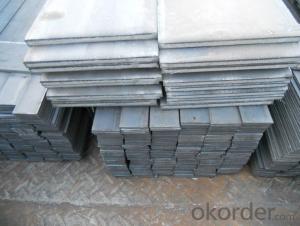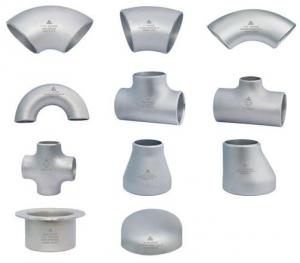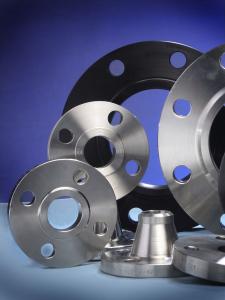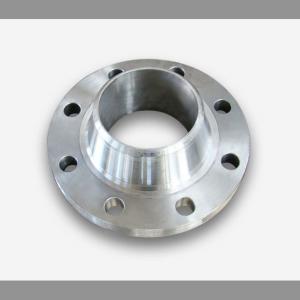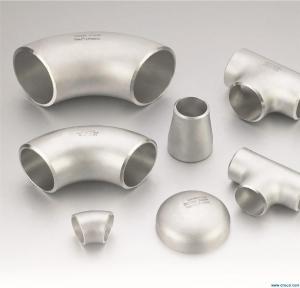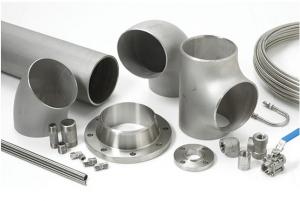Stainless Steel Cap
- Loading Port:
- China Main Port
- Payment Terms:
- TT or LC
- Min Order Qty:
- 5 Pieces pc
- Supply Capability:
- 10000 Pieces Per Month pc/month
OKorder Service Pledge
OKorder Financial Service
You Might Also Like
Stainless Steel Fittings
Specifications Features:
1) Carbon steel fitting and stainless steel fitting
2) Standard: ASME, ANSI, API, JIS
1. BUTT WELDED FITTING:
2. Production acc. to the standard of GB /ASTM / ASME / DIN / JIS
ASTM B 16.9 /16.11 B 16.28 JIS B 2311/2220 DIN2617/2616/2615/2391
3. Types: Elbows, seamless and welded, LR & SR ,Bend -Equal and reducing Tees,
seamless and welded - Concentric and eccentric Reducers,seamless and welded -Caps
4. Wall thickness: From Sch5 up to Sch160/STD/XS/XXS
5. Material Grades: A403,WP304, WP304L, Wp316, WP316L, A234WPB
6. Dimensions: Seamless: from 1/2' up to 24'
7. size: From 1/2" up to 72"
Outer packing:Seaworthy plywood case
|
Grade |
TP304,TP304L,TP321,TP316L,TP310S etc. |
|
connection |
welding |
|
techniques |
forged |
|
Surface finishing |
180/240/320/400 grit |
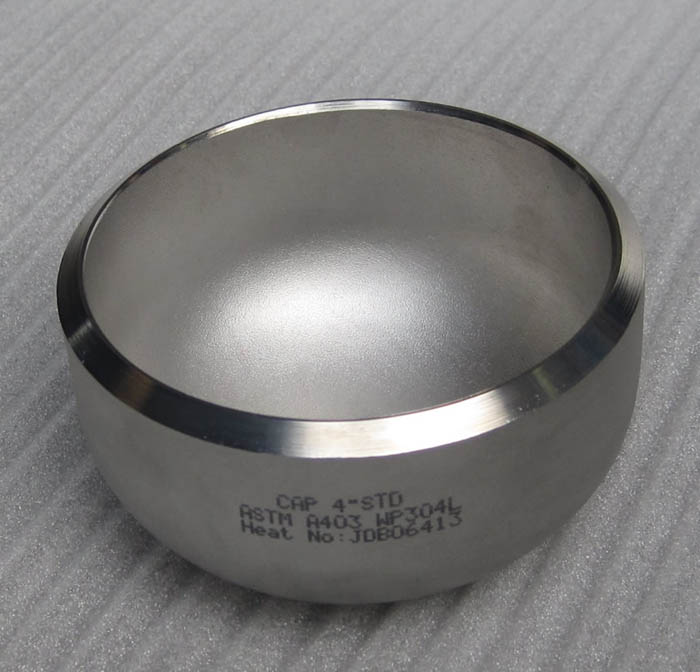
- Q: Can stainless steel flats be used in water treatment plants?
- Yes, stainless steel flats can be used in water treatment plants. Stainless steel is highly resistant to corrosion and can withstand the harsh conditions and chemicals commonly found in water treatment processes. It is a durable and reliable material choice for various applications in water treatment plants, including piping, tanks, and equipment.
- Q: Are stainless steel flats heat resistant?
- Yes, stainless steel flats are heat resistant. Stainless steel is a type of steel alloy that contains a high amount of chromium, which gives it its corrosion resistance properties. Additionally, stainless steel has excellent heat resistance, making it suitable for various applications in industries such as construction, automotive, and manufacturing. Stainless steel flats can withstand high temperatures without losing their shape or structural integrity. This heat resistance is particularly important in environments where the material is exposed to extreme heat or rapid temperature changes, such as in ovens, furnaces, and industrial equipment. Overall, stainless steel flats are a reliable choice when it comes to heat resistance.
- Q: What are the common length tolerances for stainless steel flats?
- The specific requirements and industry standards determine the potential variations in the common length tolerances of stainless steel flats. Accepted length tolerances for stainless steel flats often encompass +/- 1/8 inch or +/- 3mm. These tolerances guarantee that the length of the stainless steel flats falls within an acceptable range, accommodating slight deviations in manufacturing and measurement methods. By adhering to these tolerances, the stainless steel flats maintain their overall quality and precision, thereby meeting the necessary specifications and standards for diverse applications.
- Q: How do I calculate the shear capacity of a stainless steel flat?
- To calculate the shear capacity of a stainless steel flat, you need to determine the shear strength of the material and the effective shear area. The shear strength can be obtained from the material's mechanical properties or reference tables. Then, calculate the effective shear area by multiplying the length of the flat by its thickness. The shear capacity is equal to the shear strength multiplied by the effective shear area.
- Q: How do you inspect the surface quality of stainless steel flats?
- To inspect the surface quality of stainless steel flats, one can visually examine the surface for any visible defects such as scratches, dents, or discoloration. Additionally, one can use a magnifying glass or microscope to closely inspect the surface for any minute imperfections or irregularities. Various non-destructive testing methods such as dye penetrant testing or magnetic particle inspection can be employed to detect any cracks or defects that may not be visible to the naked eye.
- Q: Are stainless steel flats resistant to magnetism?
- Stainless steel flats, in general, possess resistance to magnetism. This is due to the fact that stainless steel is an alloy comprising a considerable amount of chromium, which imparts it with properties that resist corrosion. By incorporating chromium, a protective oxide layer is formed on the steel's surface, thereby reducing its susceptibility to magnetism. Nevertheless, it should be emphasized that the degree of magnetism resistance can fluctuate depending on the particular grade and composition of the stainless steel employed. In certain instances, stainless steel may still exhibit slight magnetic characteristics, particularly if it contains elements such as nickel or manganese.
- Q: What is the weldability of stainless steel flats?
- Depending on the specific grade of stainless steel used, the weldability of stainless steel flats can vary. Typically, stainless steel flats are regarded as having favorable weldability because of their high chromium content and low carbon content, which grants superb corrosion resistance. Nevertheless, certain stainless steel grades, including those with higher carbon content or the precipitation-hardening grades, may exhibit reduced weldability and may necessitate preheating or post-weld heat treatment to prevent cracking or distortion. To achieve a successful weld, it is crucial to consider the stainless steel flat's particular grade and composition, as well as adhere to appropriate welding procedures and techniques.
- Q: Are stainless steel flats recyclable?
- Indeed, stainless steel flats can be recycled. Among the materials commonly recycled worldwide, stainless steel holds a prominent position. Recycling stainless steel flats entails gathering and organizing them, melting them, and subsequently fashioning them into fresh commodities. This procedure can be perpetually repeated without any compromise in quality. By recycling stainless steel, not only natural resources are preserved, but also the energy and emissions linked to mining and producing new stainless steel items are diminished.
- Q: What are the different finishes available for stainless steel flats?
- Stainless steel flats offer a range of finishes, each with its own unique appearance and level of protection. Some of the most popular options are as follows: 1. Mill finish: This is the most basic finish, leaving the stainless steel flat in its natural state after manufacturing. It has a dull, unfinished look and may display visible imperfections or scratches. 2. Brushed finish: Also known as a satin finish, this method involves brushing the stainless steel flat with a fine abrasive material in a linear motion. It creates a smooth, consistent surface with a slight texture, which helps to conceal scratches and fingerprints. 3. Mirror finish: Achieved through progressively finer abrasives, this highly reflective finish resembles a mirror. It is commonly used in architectural applications and provides a sleek, modern appearance. 4. Bead blasted finish: This finish is achieved by subjecting the stainless steel flat to high-pressure blasting with fine glass beads. It creates a uniform matte surface, making it suitable for both industrial and decorative purposes. Additionally, it is resistant to fingerprints and scratches. 5. Etched finish: This finish involves chemically treating the stainless steel flat to create a pattern or design, which is then protected with a clear coating. Etched finishes can vary in subtlety and boldness and are often used in architectural or artistic applications. 6. Colored finish: Stainless steel flats can be coated or treated with various colored finishes to achieve a desired appearance or enhance corrosion resistance. Popular options include black, bronze, gold, and copper. When selecting a finish for stainless steel flats, it is crucial to consider the specific requirements of your project or application. Factors like durability, aesthetics, and maintenance should be carefully weighed to ensure the ideal choice for your needs.
- Q: Are stainless steel flats resistant to chlorine?
- Yes, stainless steel flats are highly resistant to chlorine.
1. Manufacturer Overview
| Location | Wuxi,China |
| Year Established | 2003 |
| Annual Output Value | Above US$8.3 Million |
| Main Markets | SouthEast Asia |
| Company Certifications | ISO9001:2000 |
2. Manufacturer Certificates
| a) Certification Name | |
| Range | |
| Reference | |
| Validity Period |
3. Manufacturer Capability
| a) Trade Capacity | |
| Nearest Port | Shanghai |
| Export Percentage | 30% |
| No.of Employees in Trade Department | 30 People |
| Language Spoken: | English;Chinese |
| b) Factory Information | |
| Factory Size: | Above21,000 square meters |
| No. of Production Lines | Above 7 |
| Contract Manufacturing | OEM Service Offered;Design Service Offered |
| Product Price Range | Average |
Send your message to us
Stainless Steel Cap
- Loading Port:
- China Main Port
- Payment Terms:
- TT or LC
- Min Order Qty:
- 5 Pieces pc
- Supply Capability:
- 10000 Pieces Per Month pc/month
OKorder Service Pledge
OKorder Financial Service
Similar products
Hot products
Hot Searches
Related keywords
